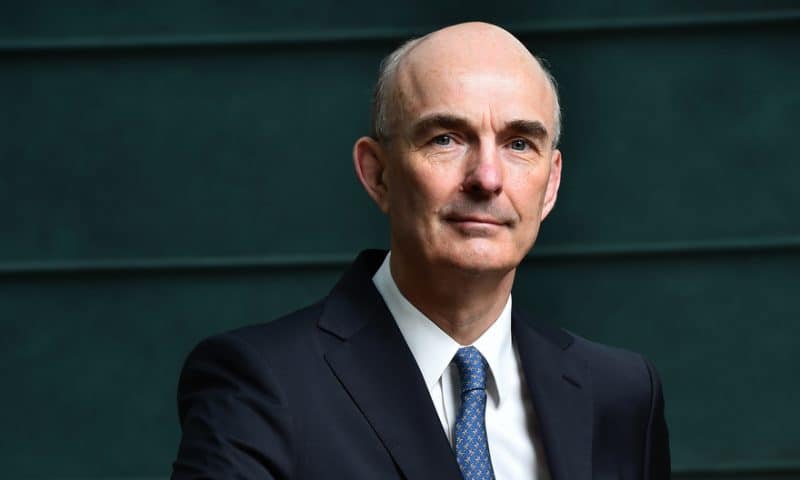Abingworth has raised a $465 million life sciences fund, positioning it to build on earlier investments in biotechs including Alnylam and CRISPR Therapeutics. The transatlantic fund will follow a similar playbook to its seven predecessors, with slight tweaks such as a greater interest in vaccines and CNS diseases.
London-based Abingworth will use the money to support biotechs across multiple stages, from seed funding for startups it is helping to build through to clinical co-development opportunities with more established organizations. Abingworth took a similarly broad approach across earlier funds. In other ways, Abingworth is making small adaptations to its investment strategy in light of the pandemic and other changes since it raised its seventh, $315 million Bioventures fund in 2018.
“I think we’ll be more interested in vaccines coming out of this,” Tim Haines, chairman and managing partner at Abingworth, said. “I do think things like antimicrobial resistance are probably going to come into the fore, given the realization that if you get these things wrong the impact is significant.” Abingworth has a small existing portfolio of vaccine investments, including COVID-19 shot developer Valneva.
Haines also expressed an emerging interest in CNS diseases, noting that new insights into the biology and the identification of biomarkers are making the space more attractive. Inflammatory disease is another area Abingworth likes. Haines also said Abingworth likes gene and cell therapies and has backed up that interest by making Atsena Therapeutics one of the first investments by its new fund.
In terms of geographies, Abingworth, which has offices in London, Boston and Menlo Park, will continue to back biotechs on both sides of the Atlantic. The fund may skew more toward Europe than its predecessors as Haines thinks the valuation gap with the U.S. “is increasing slightly more in some of these early-stage startups,” making stateside investments a little less attractive.
There remains a shortage of capital in Europe, Haines said, and U.K. companies could have access to even less as the impact of Brexit bites. Brexit means the European Investment Fund (EIF) has stopped investing significantly in U.K. funds. Equally, it may become harder for European groups that take EIF money to justify investing in British biotechs as they no longer count toward the EU investment rule.
Abingworth began raising the fund around one year ago. As the pandemic loomed into view, Haines worried about its impact on the fund. But in the end, Abingworth hit its hard cap around the time it expected to finish fundraising. Haines attributes the limited impact of COVID-19 to several factors, including the returns generated by Abingworth and its VC peers in recent years and the resilience of biopharma. The fundraising also benefited from “a degree of philanthropy” as family offices looked for opportunities to generate returns while doing good.
The biggest difference is in how Haines and his colleagues have interacted with investors. In the past, fundraising would require extensive air travel, with Haines, for example, going to Hong Kong on one day and Japan the next. This time was different.
“It’s all being done remotely, which actually, for the most part, works really well. I think we’re very, very lucky to have been around for a long time and as a firm have very strong relationships. In some ways, it’s much more efficient. You’re getting to see a lot of people across the world, have more meetings and you can bring the whole team in,” Haines said.
Haines thinks it would be “quite hard” for a new fund to do deals with people its team had never met in person, but Abingworth, a well-established VC with operations on both sides of the Atlantic, had the existing connections to make the virtual approach to fundraising work. Almost 90% of the existing investors returned, despite redemptions stopping some groups from doing so, and family offices and state-backed funds more than made up for the few organizations that dropped out. On the corporate side, Haines listed Catalent, Eli Lilly and PPD as investors.
The support of that broad group of investors positions Abingworth to try to seize opportunities that Haines and his colleagues expect to emerge. Haines expects pharma and biotech to exit COVID-19 with a better image, something he thinks “augurs well for the industry,” and believes the U.K. is particularly well-positioned to thrive in the post-pandemic years “in spite of Brexit.”
Haines’ bullishness on the U.K.’s prospects reflects its concentration expertise, the potential for the AstraZeneca-Oxford COVID-19 vaccine relationship to have positive effects and a suspicion that the government will commit more capital to biopharma. Yet, the U.K. continues to suffer from the local access to the sort of amounts of money companies can access on Nasdaq.
“That’s a real industry issue for Europe and particularly the U.K. To build a biotech company, you need hundreds of millions of dollars and the retail appetite and the institutional appetite in Europe is not as developed as it is in the U.S. So that remains a challenge that we’re all thinking pretty hard about,” Haines said.

